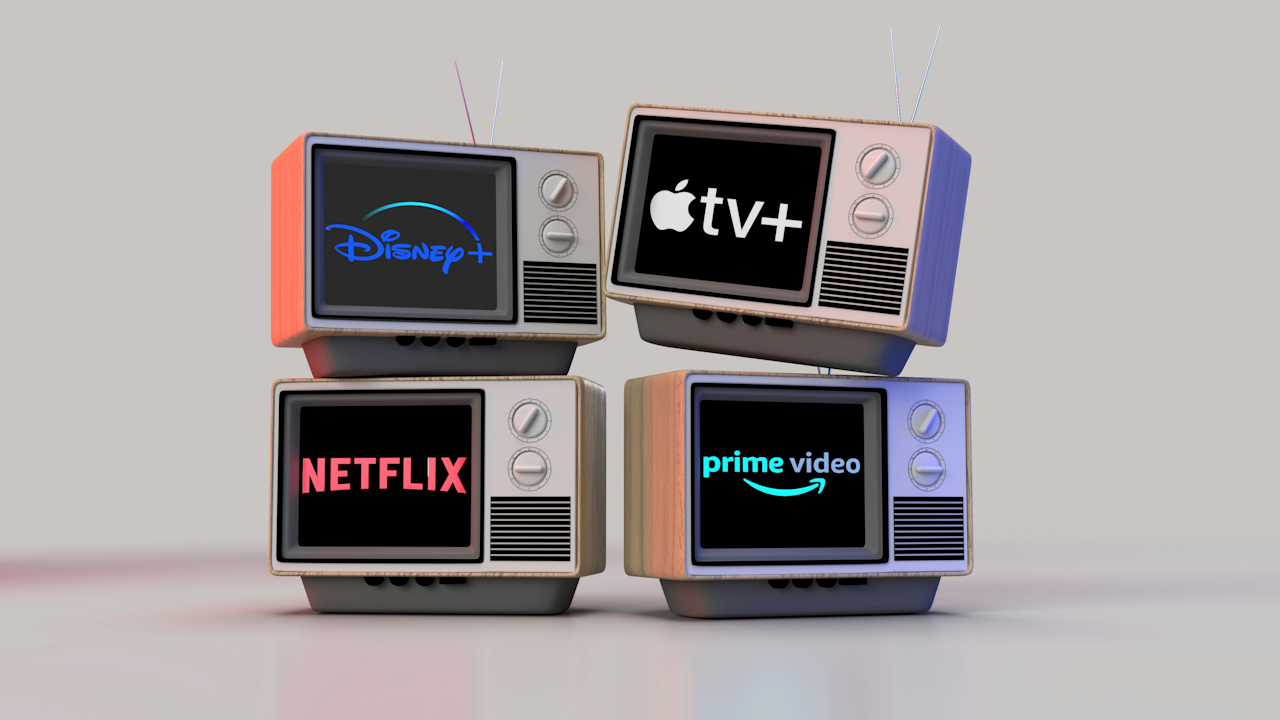The streaming wars, a term that encapsulates the fierce competition among streaming services for subscribers and market share, has become a defining force in the entertainment industry. This battle, however, is not a sudden eruption but rather the outcome of a gradual evolution, marked by technological advancements, shifting consumer preferences, and strategic maneuvers by key players.
The Dawn of Streaming
The roots of the streaming wars can be traced back to the early days of the internet, when pioneers like Netflix recognized the potential of digital distribution to revolutionize content consumption. Netflix, initially a DVD rental service, was visionary in its transition to online streaming, laying the foundation for the industry’s transformation.
The Rise of Streaming Giants
As broadband internet access became more widespread, streaming services began to gain traction. Netflix’s early success attracted competition, with established media companies like Disney and Warner Bros. launching their own platforms, such as Disney+ and HBO Max, respectively. Amazon, leveraging its e-commerce dominance, also entered the fray with Prime Video, bundling streaming with its Prime membership.
Content as the Battleground
In the streaming wars, content is king. Services invest heavily in original programming to differentiate themselves and attract subscribers. Netflix’s success with shows like “House of Cards” and “Orange is the New Black” demonstrated the power of exclusive content, prompting other platforms to follow suit. The competition for talent and the budgets allocated to content production have soared, leading to a golden age of television.
The Fragmentation of the Market
As more players entered the streaming arena, the market became increasingly fragmented. Consumers now face a plethora of choices, each with its own exclusive content and pricing structure. This fragmentation has led to a phenomenon known as “subscription fatigue,” where consumers feel overwhelmed by the number of services they need to subscribe to in order to access their desired content.
Bundling and Consolidation
In response to subscription fatigue, streaming services are exploring new strategies to attract and retain subscribers. Bundling, where multiple services are offered together at a discounted price, is gaining popularity. Additionally, consolidation through mergers and acquisitions is reshaping the landscape, as smaller players struggle to compete with the giants.
The Future of Streaming
The streaming wars are far from over. The industry continues to evolve, with new technologies and business models emerging. Live sports streaming, interactive content, and personalized recommendations are some of the trends that are shaping the future of streaming. The battle for subscribers will intensify, and only those services that can adapt to changing consumer preferences and deliver high-quality content will emerge victorious.

